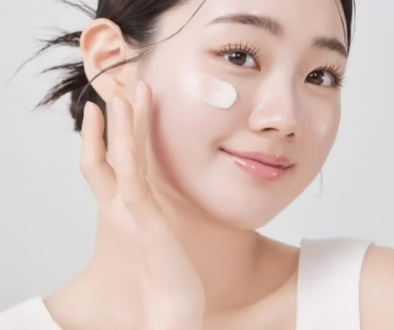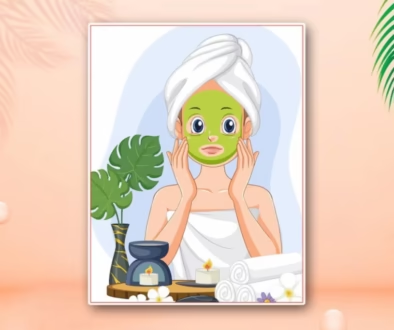Best Homemade Remedies for Oily Skin in Summer
During hot, muggy months, excessive oiliness can be annoying. Fortunately, you may be able to relieve oily, acne-prone skin with easy do-it-yourself kitchen remedies. Without the harsh effects of powerful chemicals, gentle natural ingredients can absorb shine and clean pores. With advice from dermatologists and small studies, we’ve compiled a list of four professional-endorsed DIY treatments for women in their 20s and 30s.
Aloe Vera Gel Mask
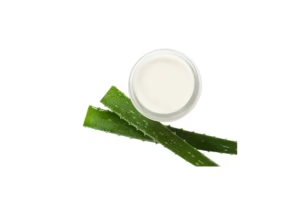
Lightweight plant gel aloe vera is frequently suggested for greasy skin. According to healthline.com, it absorbs into the skin rapidly without leaving it feeling oily. Without using more oil, this could aid in healing and hydrating. Additionally, aloe’s anti-inflammatory qualities can soothe skin that is prone to acne.
Apply a cooling face mask made of pure aloe gel, either fresh from the plant or a high-purity product.
Ingredients:
2 tablespoons of store-bought pure aloe vera gel or fresh gel made from the leaf.
How to apply:
On clean skin, apply a thin layer of aloe gel. To allow it to absorb, leave it on for ten to fifteen minutes. Use lukewarm water to rinse. Use it as a mild moisturizer two to three times a week.
Benefits for the skin:
According to Healthline.com, aloe’s rapid absorption helps “seal moisture” without clogging pores. It may help balance oil production and relieve irritation.
According to some research, its anti-inflammatory properties may even target acne bacteria, providing relief for skin that is prone to oiliness and breakouts.
Honey & Oatmeal Mask

A traditional calming mask is made with oats and honey. Natural saponins (light cleansers) and anti-inflammatory substances found in oatmeal can help reduce redness and exfoliate skin gently (byrdie.com). Honey or baking soda added to oatmeal may aid in oil absorption even more.
When added to an oat mask, baking soda “may help open and deep-cleanse pores, clearing away blackheads and absorbing excess oil from the skin,” according to one dermatologist (byrdie.com). According to medicalnewstoday.com, honey is a natural humectant with antimicrobial qualities that may help reduce acne-causing bacteria without unduly drying out the skin.
Ingredients:
2 tablespoons of finely ground oatmeal, 1 teaspoon of optional baking soda, 1 tablespoon of raw honey, and enough water to form a paste.
How to apply:
To make colloidal oatmeal, use a blender or food processor to grind the oats into a fine powder. In a bowl, combine the oatmeal, honey, and baking soda (to absorb oil) with a small amount of water to form a thick paste.
Apply the mask to your face gently, then massage in tiny circles. Give it ten minutes. Use lukewarm water to rinse, then pat dry. Once or twice a week, repeat.
Benefits for the skin:
The anti-inflammatory and antioxidant qualities of oatmeal calm skin, and the paste aids in the removal of dead cells. Together, the oats and baking soda remove excess oil.
The additional advantages of honey, such as its antimicrobial properties and ability to retain moisture, keep skin clear and calm. If necessary, always use a light, oil-free moisturizer afterward.
Clay Mask (Bentonite or Kaolin)
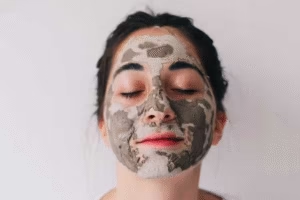
Clay masks are tried-and-true remedies for greasy skin. Clays that are highly absorbent and capable of drawing out impurities include bentonite and kaolin. According to research, some clays are powerful oil-absorbers that can “remove as much as 50–70% or more of its dry weight in oil”.
According to dermatologists, clay masks can help control acne, absorb oil, and improve the texture and tone of skin. According to a recent study, a kaolin/bentonite face mask considerably decreased the amount of sebum (oil) and acne lesions over the course of four weeks.
Ingredients:
Water or diluted apple cider vinegar to mix with 1–2 tablespoons of cosmetic clay (white kaolin or bentonite).
How to apply:
To make a smooth paste, combine the clay powder and water (or a 1:1 solution of water and apple cider vinegar) in a small bowl. Evenly cover your clean face with the clay, avoiding the mouth and eyes. Give the mask ten to fifteen minutes to dry. Gently rinse with warm water, then pat dry. Apply this mask one or two times every week.
Benefits for the skin:
Toxins and excess sebum are absorbed from pores by clay particles.
Additionally, the mask reduces shine by slightly tightening the skin as it dries. According to the study, using clay masks on a regular basis improved skin evenness and hydration while having very few negative effects.
(Tip: Rinse sooner if your skin feels tight. Always use a light moisturizer after using a clay mask).
ACV (apple cider vinegar) toner
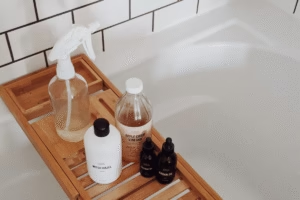
For oily, acne-prone skin, diluted apple cider vinegar can serve as a natural toner. Acetic acid and trace nutrients found in ACV may help balance the pH of the skin and provide a mild exfoliation.
When used properly, ACV “is generally recommended for those with oily and acne-prone skin,” according to a board-certified dermatologist.
When used as a toner after cleansing, it can help tighten pores, remove leftover residue, and deter bacteria.
Ingredients:
8–10 parts water (start mild) and 1 part raw apple cider vinegar. (For instance: 4 ounces water plus ½ tablespoon ACV.)
How to apply:
ACV should always be diluted before use. Add at least 8 ounces of water to 1/2 tablespoon of ACV. After cleansing, apply using a cotton pad to the face, paying particular attention to greasy regions such as the T-zone.
After a few minutes, rinse off or apply a moisturizer. One to three times a week, use this toner. According to nebraskamed.com, Dr. Sulewski suggests beginning slowly and increasing only if your skin can handle it.
Warnings and advice: Patch-test first because ACV is acidic. Use more water or omit ACV if you experience stinging or redness. Full-strength, undiluted ACV can burn and dry out skin, so never use it on it. ACV “may be OK to try in moderation” for healthy skin when used appropriately.
Without using harsh chemicals, these natural solutions may help reduce acne and manage excessive shine. Although encouraging, keep in mind that every person’s experience is unique. Any new mask should always be applied to a small area of skin to check for irritation.
See a dermatologist if you continue to experience severe breakouts or irritation. All summer long, skin balance can be maintained by combining easy DIY care with a simple oil-free sunscreen and a mild cleanser.
Also Read our Article on, The Best Face Scrub For Oily Skin and Acne
Sources: Experts in dermatology and skincare point out that aloe vera, oatmeal, honey, clay, and diluted vinegar all have qualities that can help with the treatment of oily skin. According to Healthline.com
According to studies, when used correctly, these ingredients can help absorb oil, lower bacteria, and improve skin texture.

